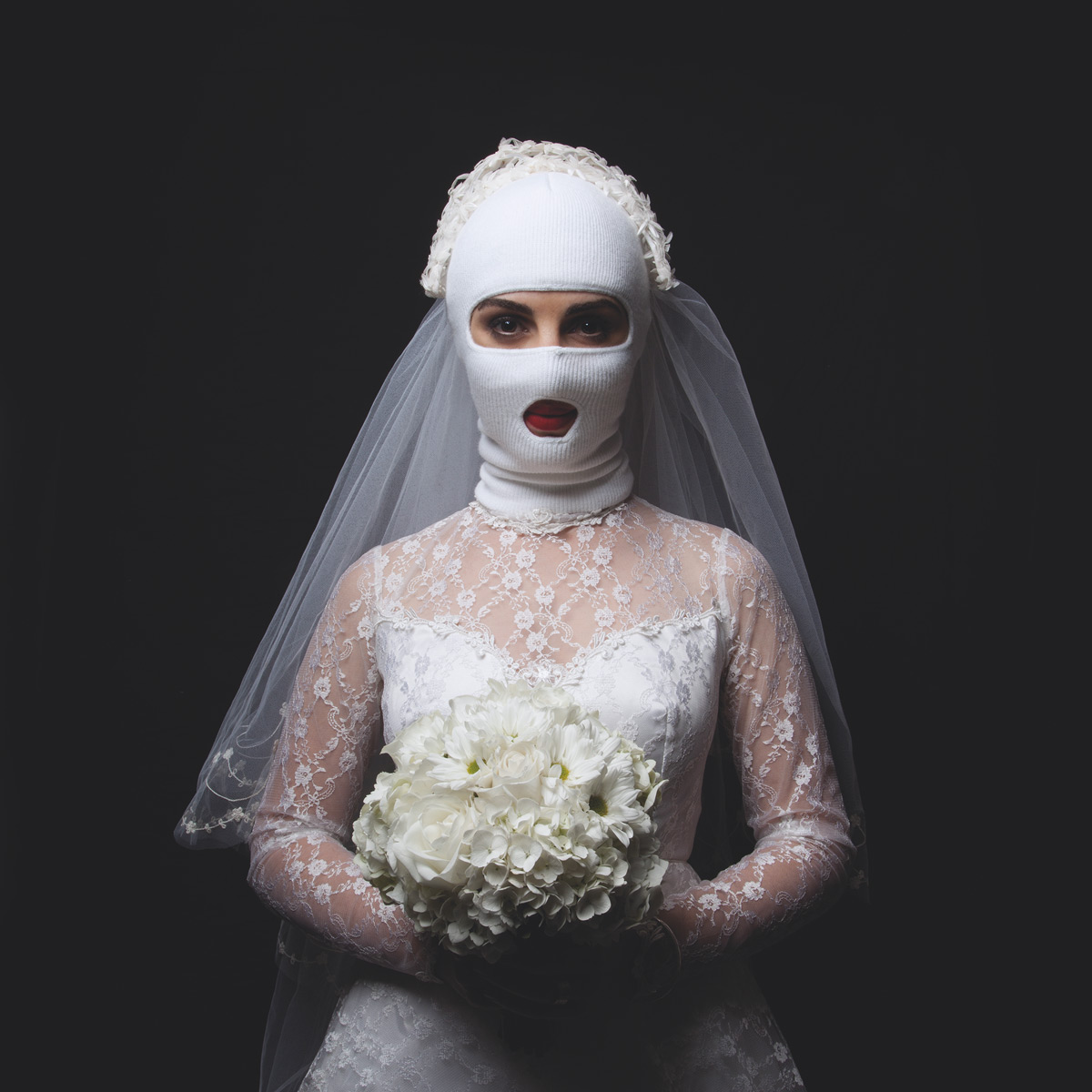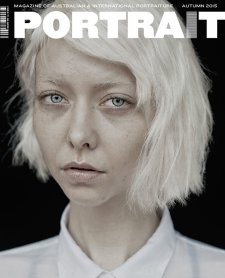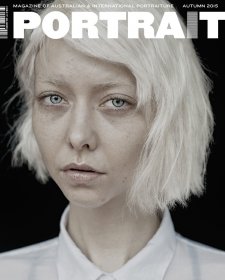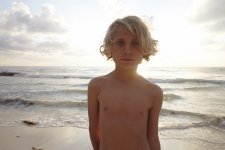I wanted to be a journalist. I was very idealistic and I had a big chip on my shoulder. I wanted to investigate the human condition, drawing attention to those in need with the hope of someday effecting positive change. I was inspired by John Pilger and people like him who were out there making a difference. I didn’t want a job; I wanted a passion. But as I studied journalism I saw a future of rewording press releases and felt my self-determination being taken from me. This is not to say journalism is just rewording press releases but, needless to say, I fell out of love with it.
I was and still am a really curious person which is an asset in a journalist, but I wasn’t always interested in what was newsworthy. What really killed it for me was the reporting of the conflicts in Iraq and Afghanistan. In my last year of journalism I picked up an elective in ‘Visual Research’ and I met a lecturer called John Teschendorf. He showed me how art could sustain my curiosity and act as a vehicle for my investigations. I changed courses and was thrown into a world of theory and clever, well-spoken people talking about not a whole lot. Throughout it all my interest in people was unwavering. Everything else seemed trivial. This interest naturally drew me towards portraiture and figuration, and by second year I was researching the Old Masters and contemporary practitioners like Jenny Saville and Lucian Freud. I understand there are many ways to investigate the ‘human condition’, and in a way all art attempts this in one way or another, but during my time studying journalism I learned the direct route is often the best one. I choose portraiture because I am interested in people. In an ideal world I want my work to change how people see and engage with their worlds, and people don’t connect with anything better than other people.














